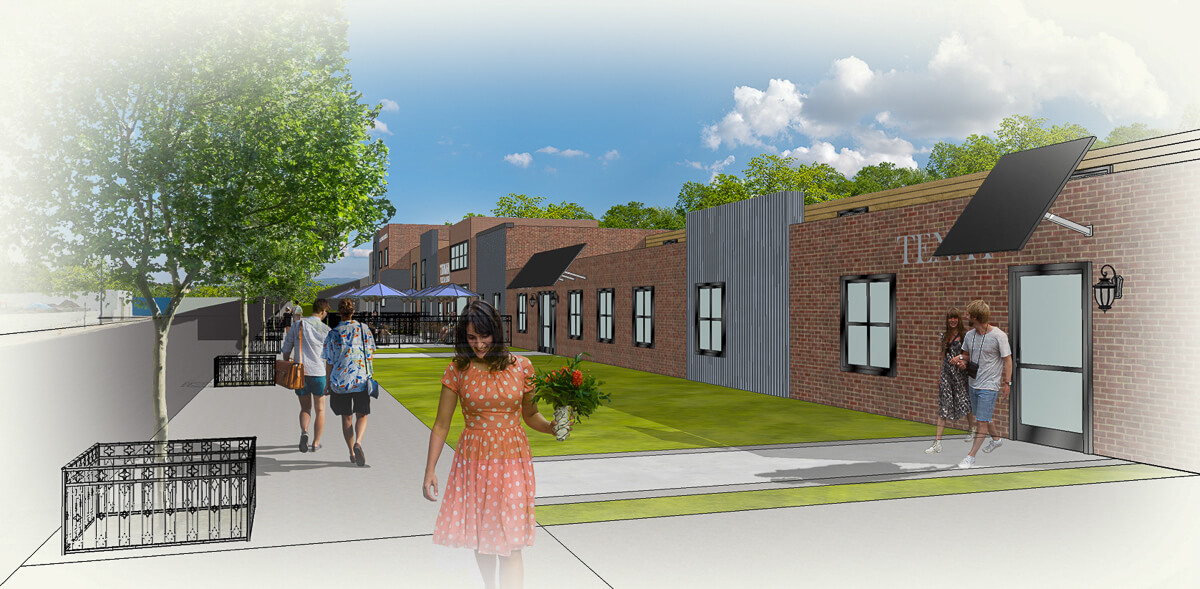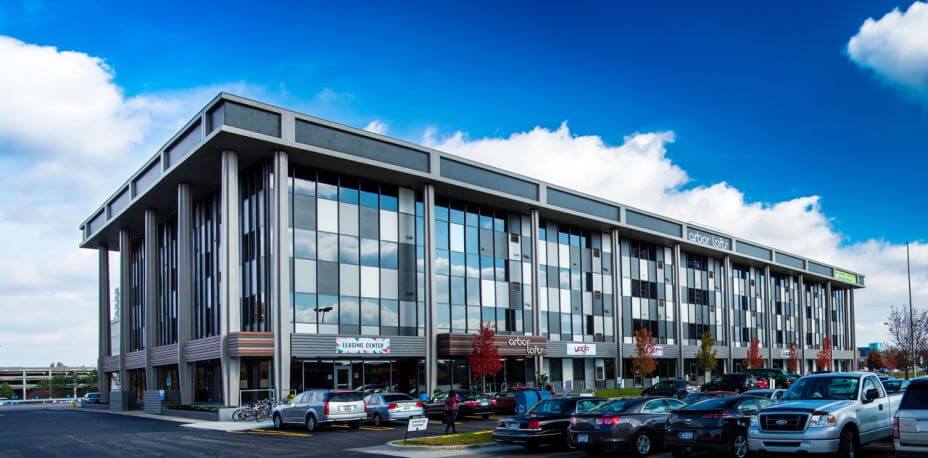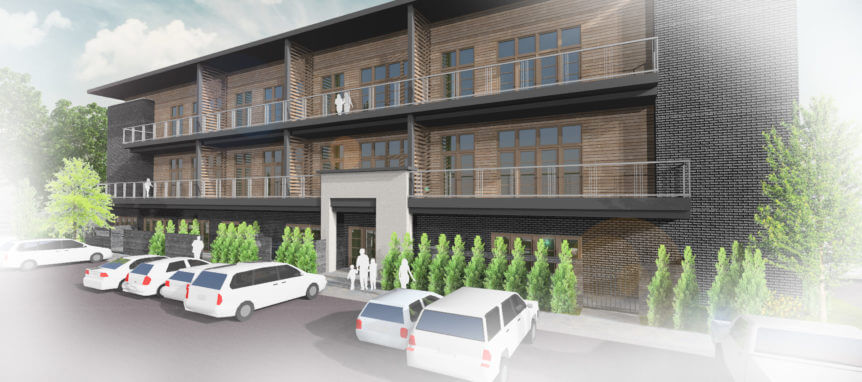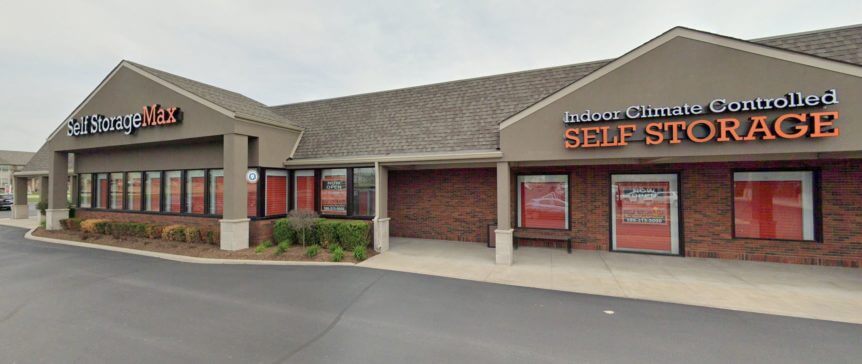SHOULD WE GO BACK TO THE OFFICE?
The average commute for people who worked in an office environment was 27 minutes, pre-pandemic. Before asking when or if those people should return to that weekly commute, the better question may be: what makes that trip worth it anymore, and should empty office buildings embrace adaptive -reuse?
Most large companies with over 50 employees have adapted to working at home for the entire workweek or having some mix of days spent between the office and home. Productivity seems to be the biggest concern for companies making sure their employees who do work from home are indeed working. Currently, the common necessities to have employees go back to an in-person work experience often involve onboarding, training, meetings, team-building, and collaborating on projects. Video conference meetings have been effective enough to decrease the need to have constant in-person work experiences.
SAVE YOUR BUILDING
Many offices are now empty or mostly empty, which begs the next question, what is to be done with these buildings that are now losing their original purpose of design and construction? Many companies are abandoning their leases because they have found that letting their employees work from home is not only saving them money but also keeping their teams safe. The reduced demand for office buildings will ultimately lead to foreclosures, only increasing urban blight. Clothing retailer Ralph Lauren was reported to be cutting at least 30% of its office real-estate, and CVS Health is intending to do the same. These empty structures are now in a very unusual situation where they can either be converted into something new or destroyed. Adaptive conversions would ultimately be the most cost-effective and responsible choice for the economy.
CONSIDER ADAPTIVE RE-USE
Viable solutions to these architecturally sound and still useful structures: Housing, co-working spaces, self-storage, special event centers, fitness centers, and beauty/therapy storefront conversions are all useful in today’s post-pandemic market.
The pandemic has created new opportunities for adaptive reuse in buildings. The old way of life can certainly be evolving before our very eyes. The US Housing and Urban Development Secretary Ben Carson had stated that the vacant buildings can possibly be addressed for housing, both for low-income families and upscale alike. He has even addressed city officials to begin entertaining the idea of reuse, especially for areas that are not zoned for housing or other types of use. Even old shopping malls are being examined for housing or care facilities for seniors. The buildings meet all ADA requirements and have built-in elevators and escalators.
ARCHITECT CONVERSION SOLUTIONS
- Zoning
- Building Code Regulation
- Fire & Smoke Protection
- Egress Paths of Travel
- Updated Light & Ventilation Plans
- Public Visibility

Conversion of existing industrial building offers 19,876 square feet of a single-story all brick building that would become a modern retail building. The building would feature restaurants and shopping for pedestrians to gain easy access from an active streetscape.

This was an office building for 40 years. Now, 60 new apartments of varying size were introduced on this site which has two more retail and commercial phases planned that will complement the new 24/7 population.

Former public school building conversion into condominiums. Original facade would have been preserved and an addition to be fitted around the preserved shell.

Strip mall converted into climate-controlled storage due to high demand. Many offices and strip malls can be rezoned for storage so long as market research shows it as a valuable option for city rezoning.
